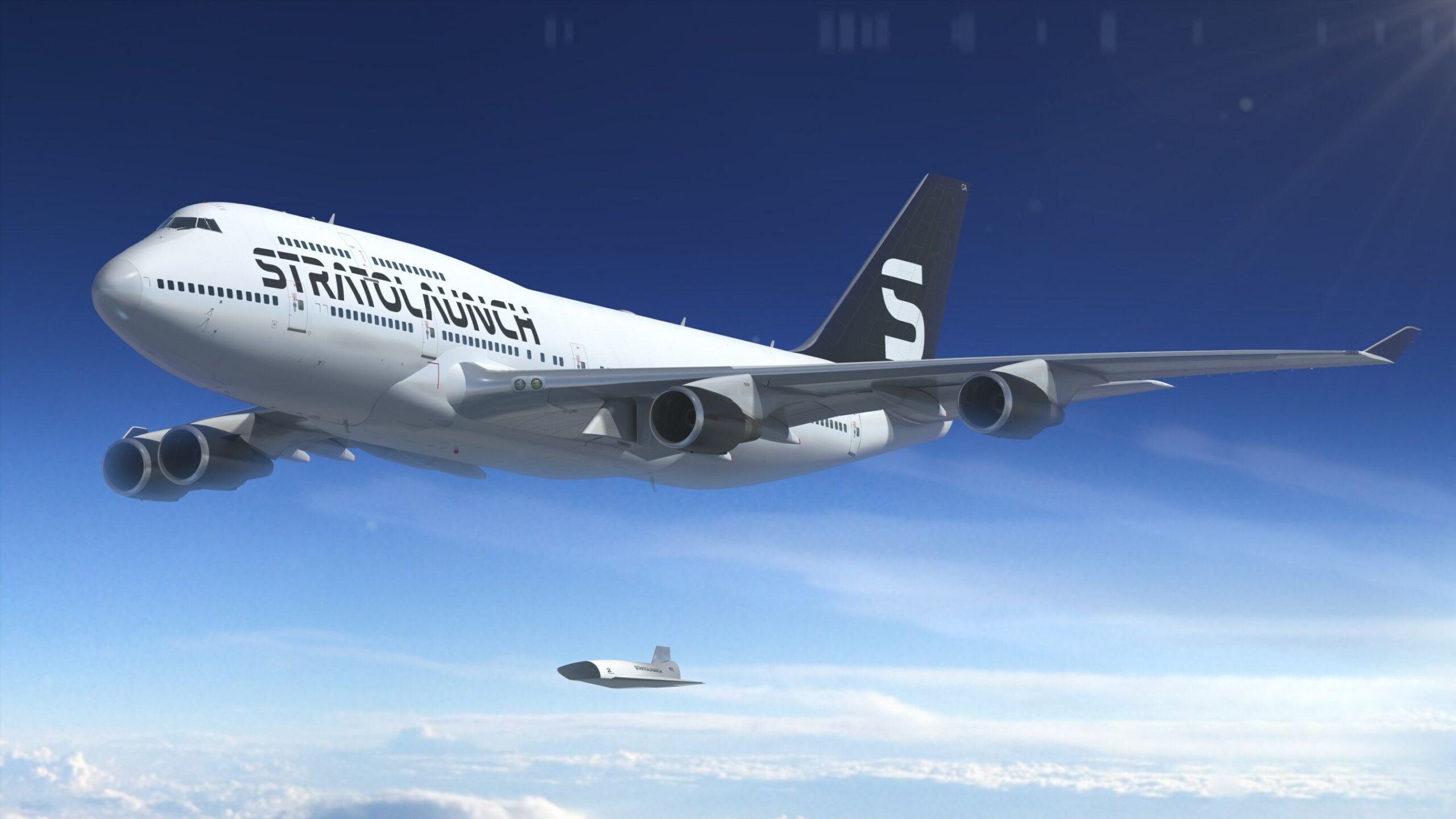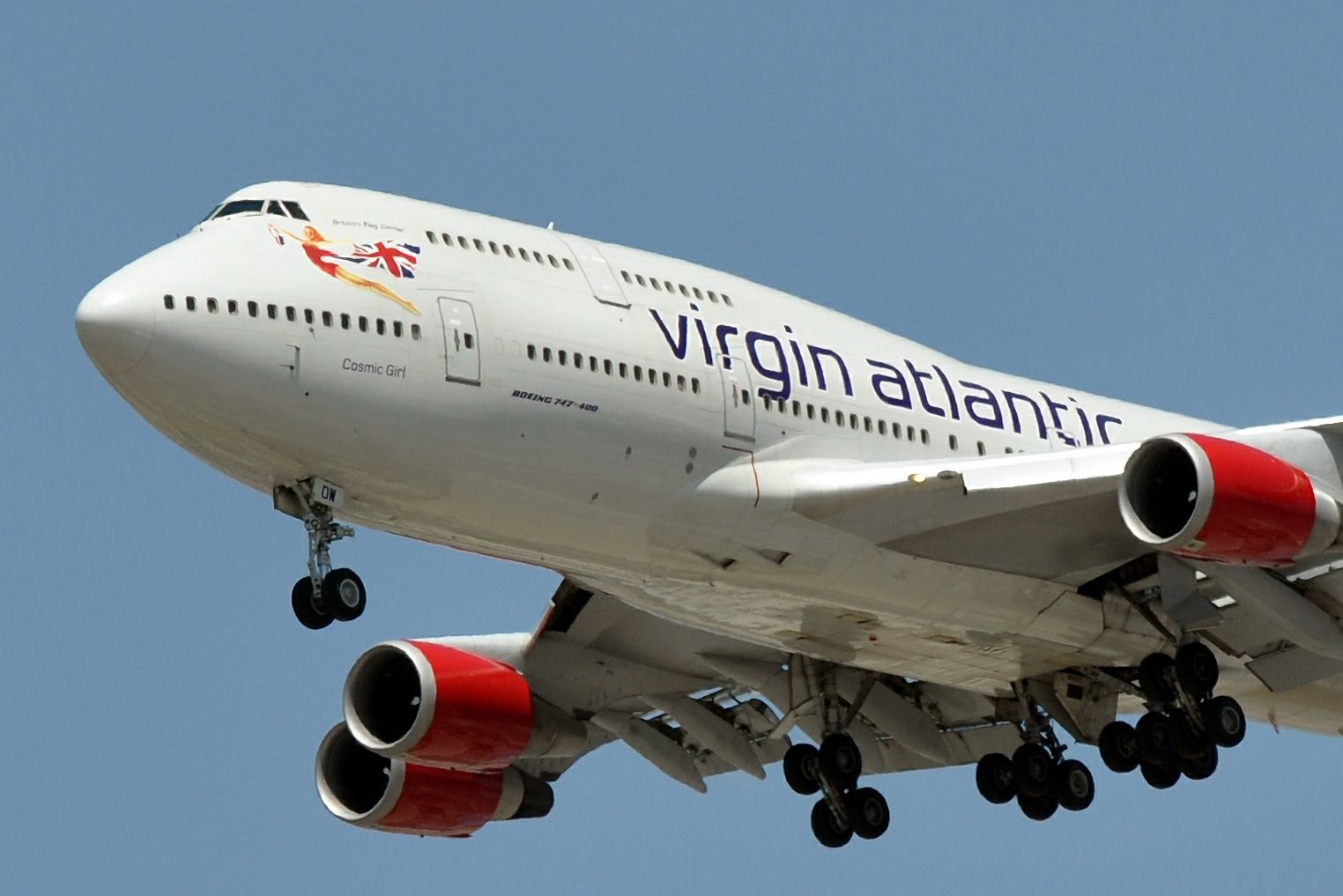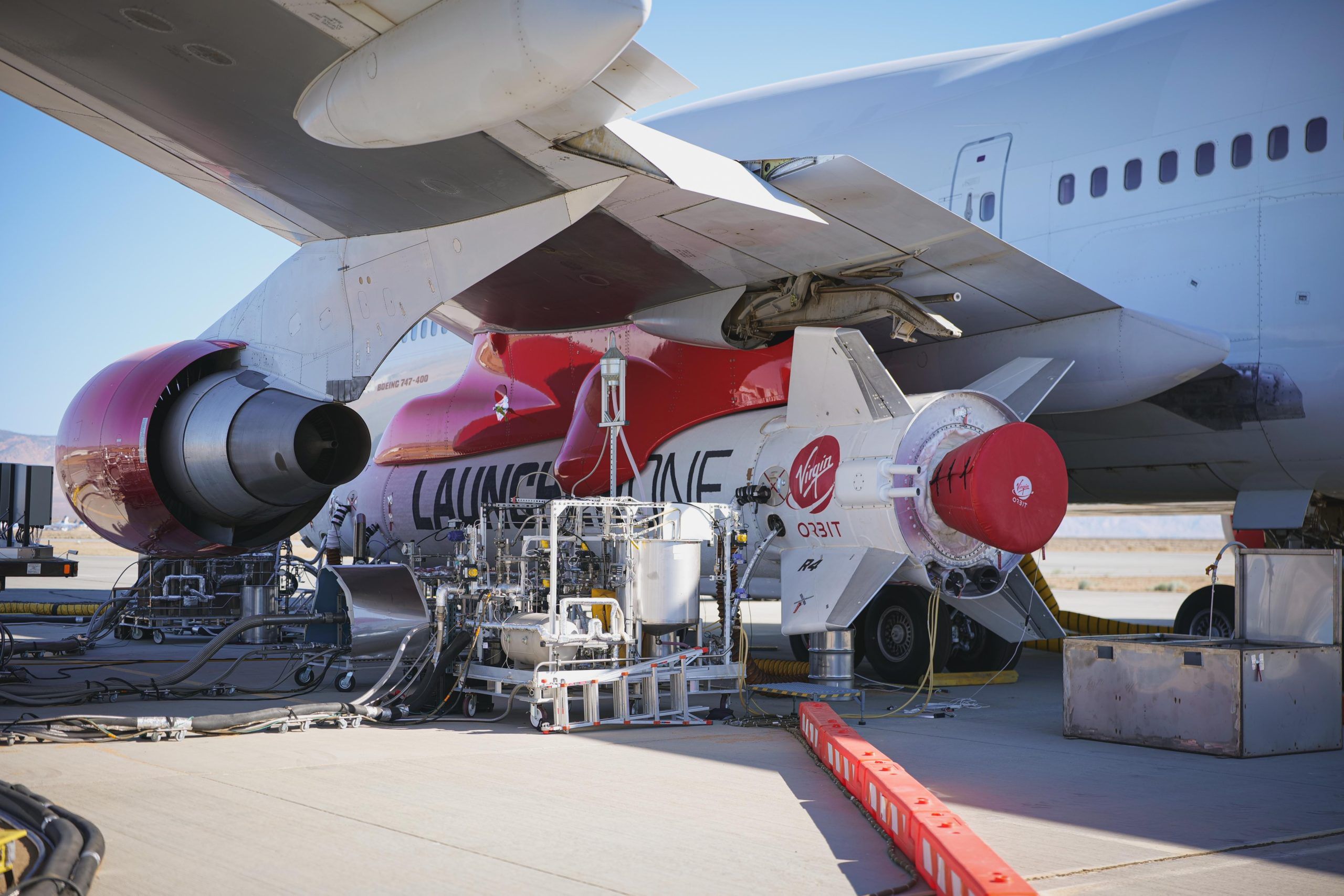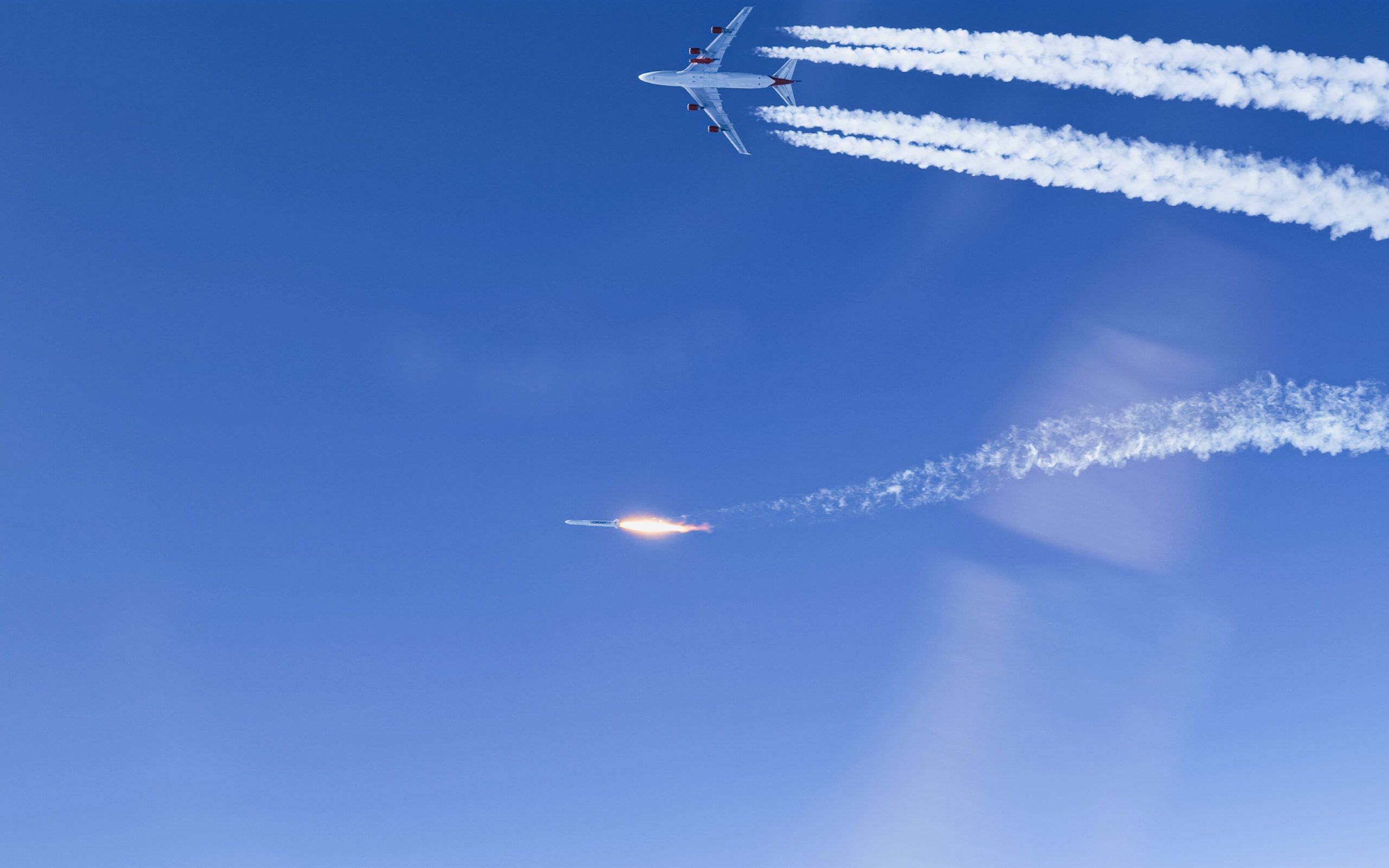There have been several famous Boeing 747s. The Queen of the Skies has delighted many and served a wide range of roles across its decades of service. The jets have also notably been modified to suit various purposes, from transporting Presidents to carrying oversized items and even the Space Shuttle. However, one special 747’s flame burned extra bright.
The WOW factor
Cosmic Girl first took to the skies on September 29th, 2001, and was delivered to Virgin Atlantic on Halloween of the same year. The Boeing 747-400 bore the registration G-VWOW and swiftly became a mainstay of the Virgin Atlantic fleet.
During her 14 years at Virgin Atlantic, G-VWOW was in the air for 66,430 hours across over 8,200 flights. The widebody jet carried 2,506,175 customers (315,582 in Upper Class, 338,756 in Premium, and 1,851,837 in Economy) and flew between London and New York 1,045 times.
Taking to the skies, again
On October 29th, 2015, Cosmic Girl flew to San Antonio to embark on a new journey with Virgin Galactic and later Virgin Orbit. In preparation for its new role, the lower deck of the cabin was stripped of its interior and fitted with a rocket launch pylon.
The apparatus was attached to the preexisting inbuilt fifth engine mount on the underside of the left-hand wing of the aircraft. The often overlooked feature was part of the original Boeing 747 design and allowed the aircraft to transport a fifth engine in the case of emergency replacements or maintenance needs. Attached to the new apparatus was to be a 70-foot rocket named LauncherOne, containing a payload of satellites.
Up into orbit
Virgin Orbit used the former Virgin Atlantic Boeing 747-400 to carry the rockets to a height of 35,000 feet before releasing the launcher and breaking sharply away to allow the rocket to continue its flight up into space. This was seen as one of the more efficient ways to deliver a payload into low earth orbit as the rocket can be launched from this altitude with around 75% of Earth’s atmosphere already beneath it.
Photo: Virgin Orbit
This reduces the fuel necessary for the rocket to reach its desired trajectory. This made smaller launches even more accessible as the launcher could carry multiple satellites simultaneously.
The launch missions were named after pop culture icons and popular songs and were generally successful. The aircraft and rocket combination delivered a series of payloads into orbit for government and civilian companies, including satellites providing data for navigation and climate change research.
Photo: Virgin Orbit
The company’s first successful nighttime launch, Straight Up, named after the hit Paula Abdul song, led to the expansion of international operations.
The British burnout
Cosmic Girl arrived at the newly developed UK Spaceport Cornwall in advance of the first orbital satellite launch to depart from Western Europe. The airplane carefully brought the rocket to the appropriate altitude, deployed it, and watched the launcher take to the sky. An “anomaly” on the rocket’s second stage led to the mission’s failure and the subsequent end of Virgin Orbit’s space dreams.
Photo: Virgin Orbit
Virgin Orbit sold off its remaining assets, including Cosmic Girl, which went to Stratolaunch. According to data from ch-aviation, the orbital launch platform changed hands on June 4th, 2023. The hypersonic research company confirmed it will repurpose the aircraft to test its Talon-A launch system.





